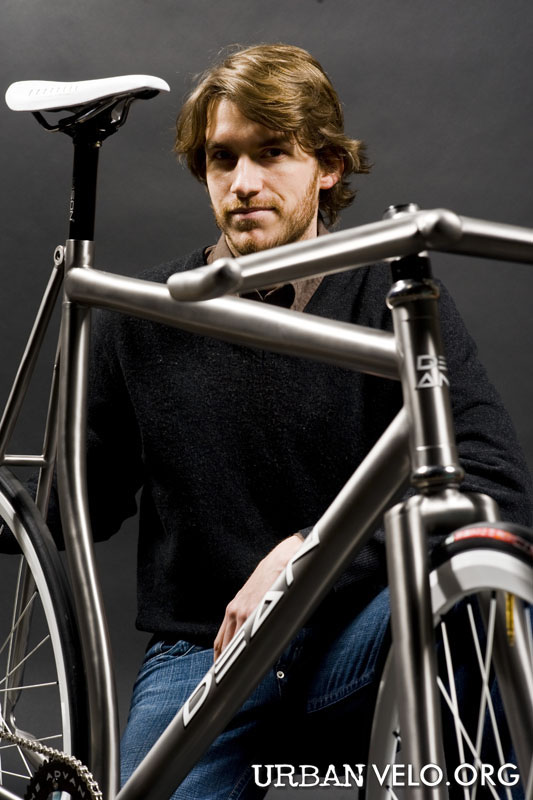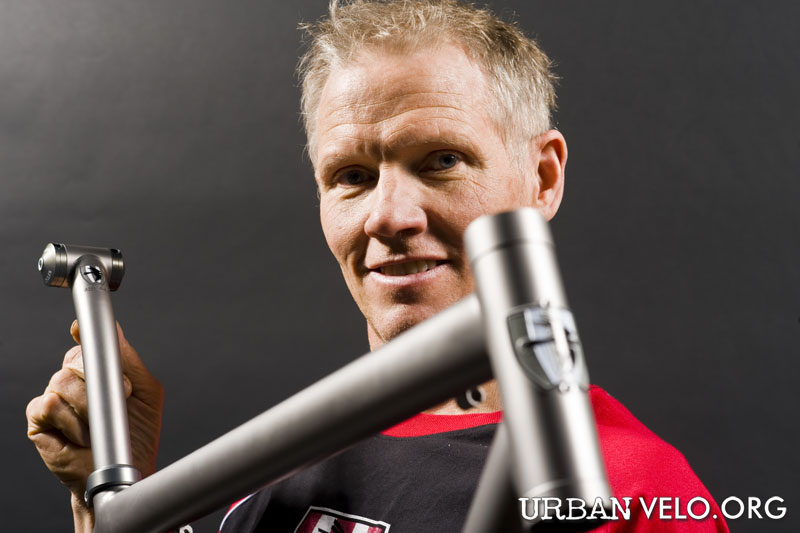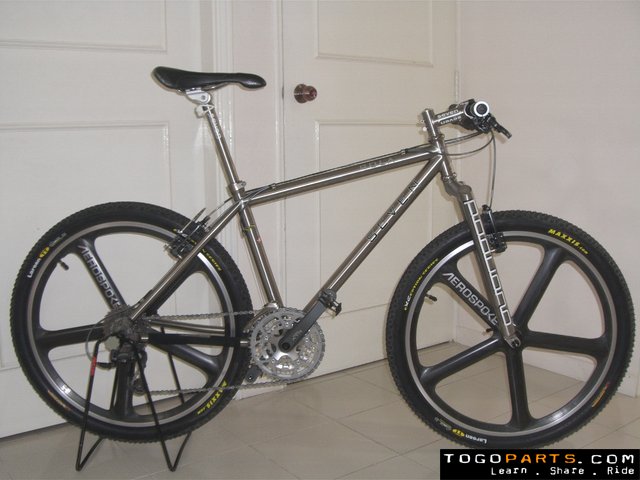dura Ace Timeline
DURA ACE TIMELINE
1973 Original Dura-Ace showing model names such as M-140 for the brake levers,
B-210 for sidepull brakes and crane rear derailleur.
1976 dura ace 1st generation black anodized.
1977 Dura-Ace derailleur appeared, superceding the Crane. Dura-Ace '10' is a Track
group that ran at least up until 84’
1978 Dura-Ace EX or 7200 Series Shimano 1st generation remains with a new name 7100 series and minor modifications.
1980Dura-Ace EX Dyna drive which used a 1"x24tpi pedals and cranksets were introduced for the
model year, in advance of their appearance on AX.
1981 Dura ace AX 7300 This is the short lived 'Aero' group with a 600 series version, and the lower yet Adamas AX group as well. This group also used the dyna drive 1"x24tpi pedal threads nuch bigger than the standard 9/16 pedal.This pedal technology did ot live long it demise in 1984 along with the AX gruppo.
1982
1983
Dura-Ace was always Shimano's attempt to make a top of the line parts group, but it was not successful until 1984.
1984 7400
6-speed S.I.S. shifting.
Alexi Grewal rode AX in the '84 LA Olympics for a Gold medal in the road race. First American to win a gold in cycling in any category.
1985 7400 series single pivot brakes not slr, brake non aero levers. Standart profile crankarms. Seatpost fluted and aero. This gruppo survived until 1996.
1986 7401 1st cassette hub for 7400 series. Also known as the freewheel cassette which which the lockring was the highest gear threaded on the hub body removal consisted of two chainrings.(126mm)
Seven speed Uniglide Details not currently available, information welcome
1987
1988
1989 7402 8-speed Uniglide
1990 7403 7400 STI shifters 8x2
8-speed Hyperglide, Superglide chainwheels
1991 7403
STI brake/shifters, Dual-pivot brakes
1992 7402
No change
1993 7402
PD-7410 SPD pedals, UN-91 Cartridge bottom bracket
1994 7402
FC7410 Low Profile SG-X cranks, HP-7410 Cartridge headset
1995 7402
1996 7402
SP-7410 seatpost
1997 7700 The system went to 9 speeds the entire Dura-Ace system was re-designed and made to be inter-compatible with other Shimano components.
7700 9-speed. 7700 Splined crank/bottom bracket. Cartridge brake shoes. Major revision, eliminated compatibility issues witht the rest of the Shimano line. With the move to 9-speed, derailer cable pull was standardized throughout the Shimano line.
1998 7702
1999 dura ace 25th anniversary gruppo 7702
Flight Deck cyclecomputer. 7700 SPD-R pedals.
2000 7702
2001 7702
2002 7702
Triple chainwheel option. Uses proprietary 30 tooth chainring, not interchangeable with anything else.
2004 7800
10 speed, Hollowtech II Two Piece crank/bottom bracket
The 7800 hubs had an aluminum body, with taller than normal splines. Only compatible with 10 speed cassettes
2008 7850
7850 Freehub with titanium body, goes back to standard cassette dimensions, accepts all Hyperglide cassettes: 7-. 8-. 9- & 10-speed.
2010 dura ace Di2









































